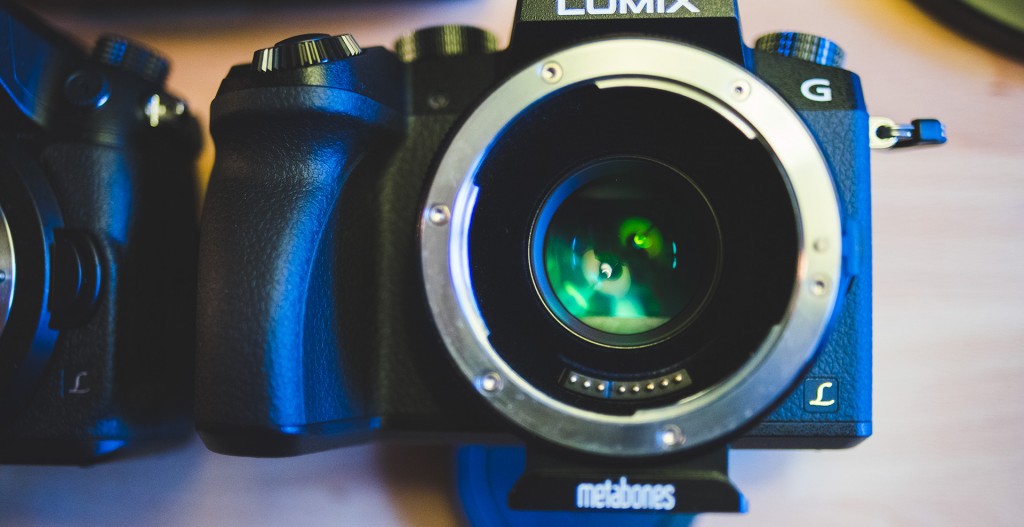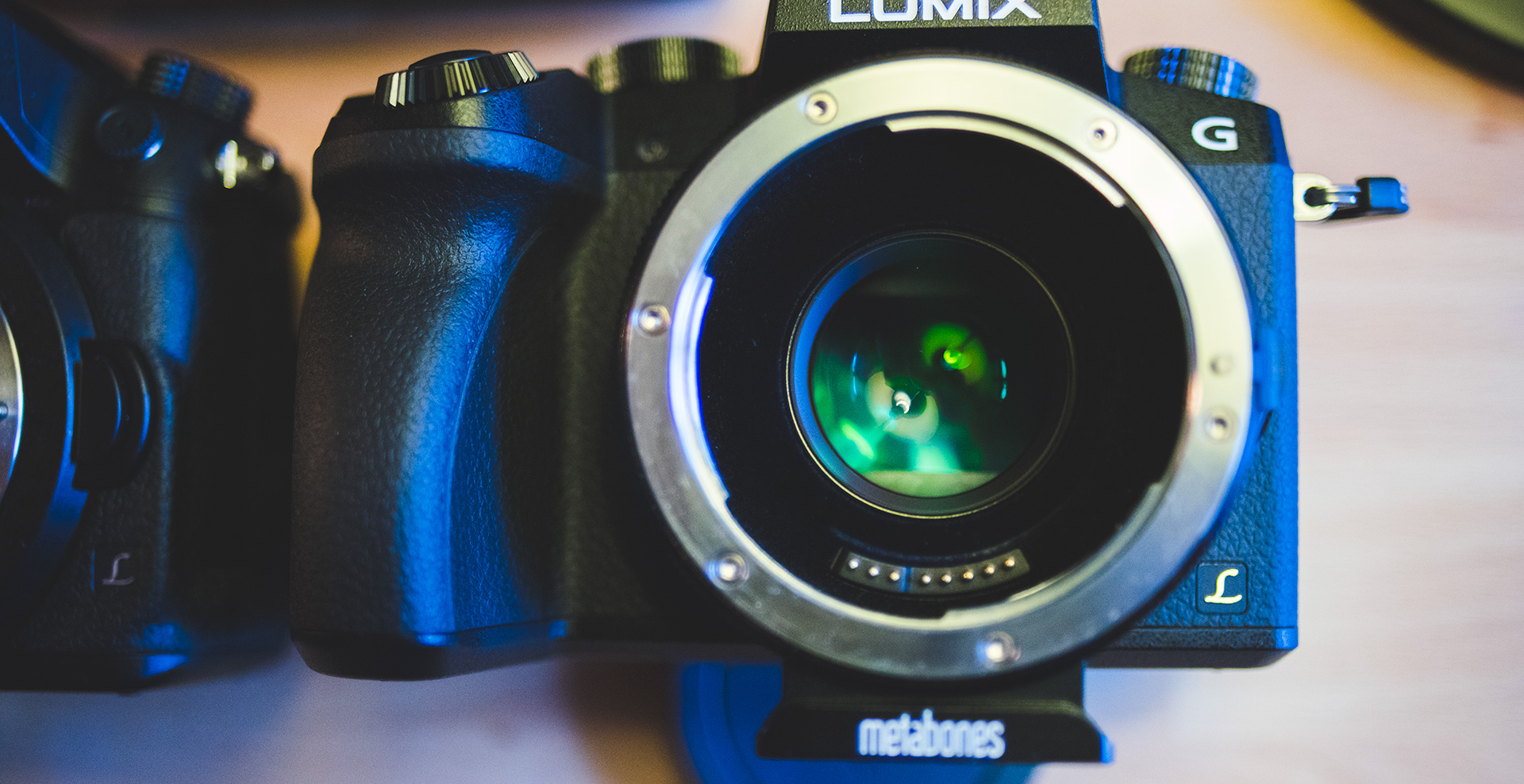

Metabones recently announced the long-awaited Canon EF mount Speed Booster Ultra for Fuji X, which will be one of the must-have accessories for X-T4 owners. This will have support for phase-detect AF and incorporates Caldwell Optics advanced 5-element ultra-high index tantalum optics. The Caldwell Optics focal reducer remains the best you can get. In this EOSHD Big Interview I caught up with Bo-Ming Tong in Canada, the electronics and autofocus engineer behind Metabones.
EOSHD: Hello Bo-Ming. First, an introduction to yourself! How did you get involved with Metabones (Hong Kong) at first? Did your work start with converting Contax N (Zeiss) lenses to Canon EF mount?
Metabones: My Contax N lens modification service to Canon EF mount, the first electronic lens mount conversion that retained autofocus, started in 2006, out of desire to retain the signature Zeiss rendering characterized by extreme micro-contrast and rich tonal gradation. The Zeiss lenses actually autofocused faster on Canon cameras than on their original Contax N mount hosts. Two years later, the 5D Mark II marked the dawn of the DSLR film-making era and founded the full-frame still/video dual-use category. A cult around the Vario-Sonnar 2,8/17-35 developed. In 2010, I bought a Sony NEX-3 to see what I could do with it. When a crude prototype was working I bought a few adapters on the market to see who had better workmanship. With a new, unique technology in hand, I wanted to use that as leverage to tightly control quality. I decided on Metabones and pitched my design to them. Later, Brian Caldwell and Wilfried Bittner, seeking electronics for their breakthrough invention, found me through a friend of a friend. Little did they know that we had just created and was about to launch Metabones’ very first Smart Adapter. Excuse the cliché but, the rest is history.
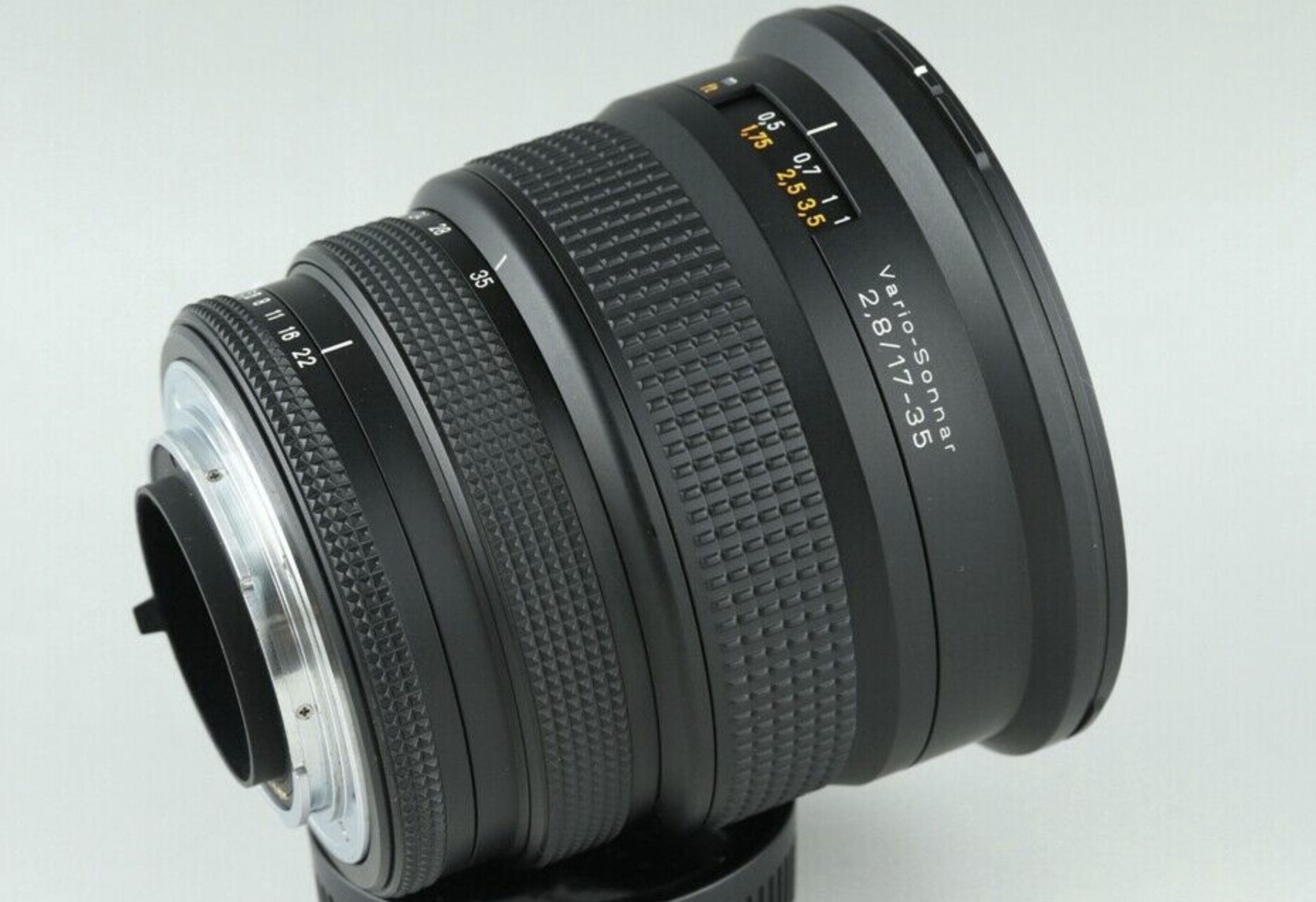
EOSHD: When you refer to the 17-35mm F2.8 Zeiss – which version is this?
Metabones: The Vario-Sonnar 2,8/17-35 was an AF lens in Contax N mount and required modification to be used on a Canon DSLR. Today, there are Metabones Contax N Speed Booster ULTRA and Smart Adapter to use that lens on Sony mirrorless.
Contax N Vario-Sonnar 2,8/17-35 was touted as the best wide-angle zoom, with the same legendary status as the venerable Yashica/Contax Distagon 2,8/21. In those days, there was a vibrant secondary market for collectible optics and it was in traders’ best interest to drum up and hail the new king, but then the lens itself had to have real muscle to earn its reputation. It had unbelievably sharp corners at 19mm.
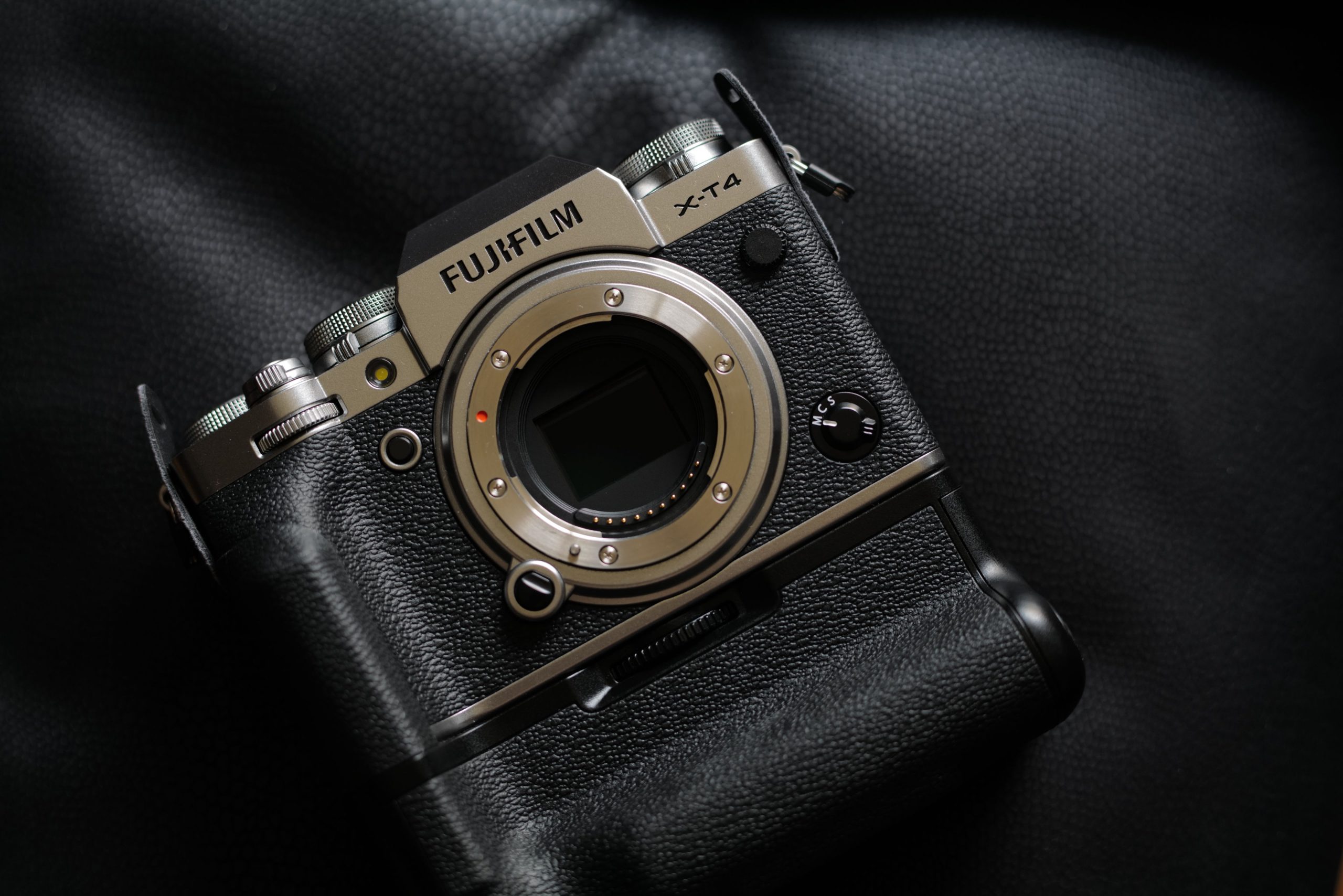
EOSHD: The new Fuji X mount Speed Booster is out with autofocus for Canon EF lenses. This means filmmakers can shoot full frame 4K 10bit 60p on the X-T4 with phase-detect AF. Can you tell me a bit about the development of the electronics?
Metabones: It had been years in the making. We had no way to know where the market was heading while we were working on it, but we were lucky. The X-T4 arrived just as we were about to launch, and we all know how good the video was. While we would love to say still photography was just as important, Metabones did have a video-centric heritage. Sigma introduced a CINE line of lenses which transmitted metadata electronically. We made sure the MF Distance Display worked on the X-T4 and the X-H1, and also the manual iris ring. Some advanced features or rare lenses may sound obscure but over the years, we have been learning from our customers that they are essential and they make or break their work. Each of these may seem insignificant because you have never heard of it or you do not care about it, but to us, every minor detail adds up. When we get enough of these right, our customers have a tool that they can depend upon. Fujifilm had presented an unprecedented technical challenge to us, but our knowledge and experience accumulated on EF were simply reused.
EOSHD: Good to know the Fuji adapter works with Sigma CINE lenses metadata. Can it transmit focal length of CINE zooms for IBIS?
Metabones: Yes.
EOSHD: Regarding the new Metabones Canon EOS RP Speed Booster (to reduce the crop in 4K) – this may also be interesting for EOS R5 users in future. The full frame mode is likely to have some drawbacks with pixel binning, moire and rolling shutter but there might be a way to avoid this in 4K S35 mode. I will be getting an R5 as soon as it is available and will be interested to test this adapter for you.
Metabones: Thanks! That would help the entire community greatly.
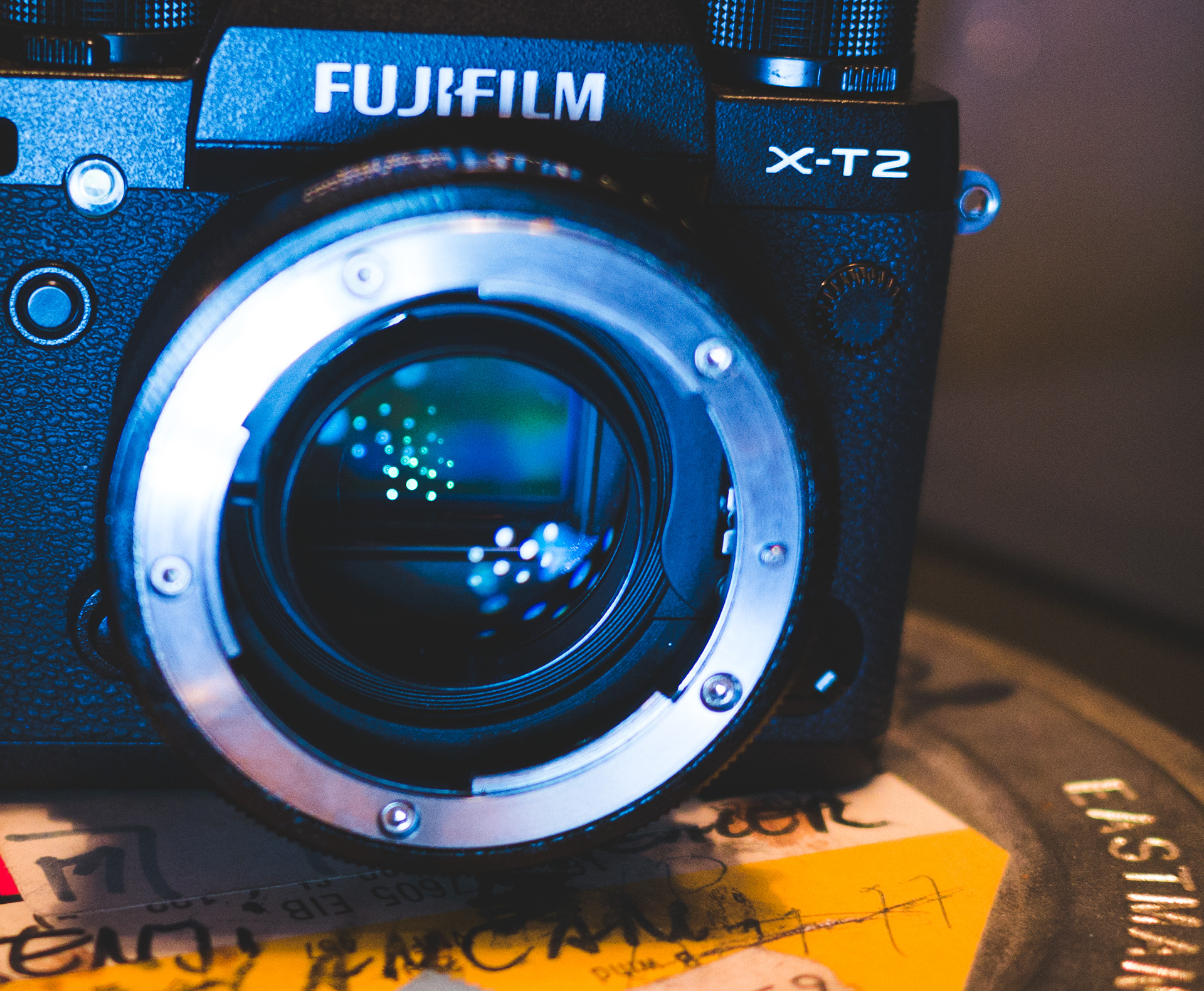
EOSHD: From Fringer, there is a rival EF adapter for autofocus on Fuji X (but no Speed Booster optics). The performance of this is really good on the X-T4. Are you able to tell us what to expect from autofocus performance on the X-T4 with the Metabones Speed Booster adapter?
Metabones: With Metabones, PDAF works with any lens you use. Autofocus speed in still photo mode is not our top priority, but it does not correlate very well with video autofocus speed anyway. Much of the time, you know where your subjects are, and you may use the new AF Range Limiter feature to significantly improve AF speed. Our firmware development direction may change in the future based on feedback.
EOSHD: Recently Metabones released a 6×6 Medium Format Speed Booster for the GFX cameras (0.71x) from Metabones with Caldwell optics. I am very interested to try this on my GFX 100. Does Metabones offer any GFX mount adapters with electronics and autofocus for various lenses – or are there any plans to develop further the GFX line of adapters with electronics?
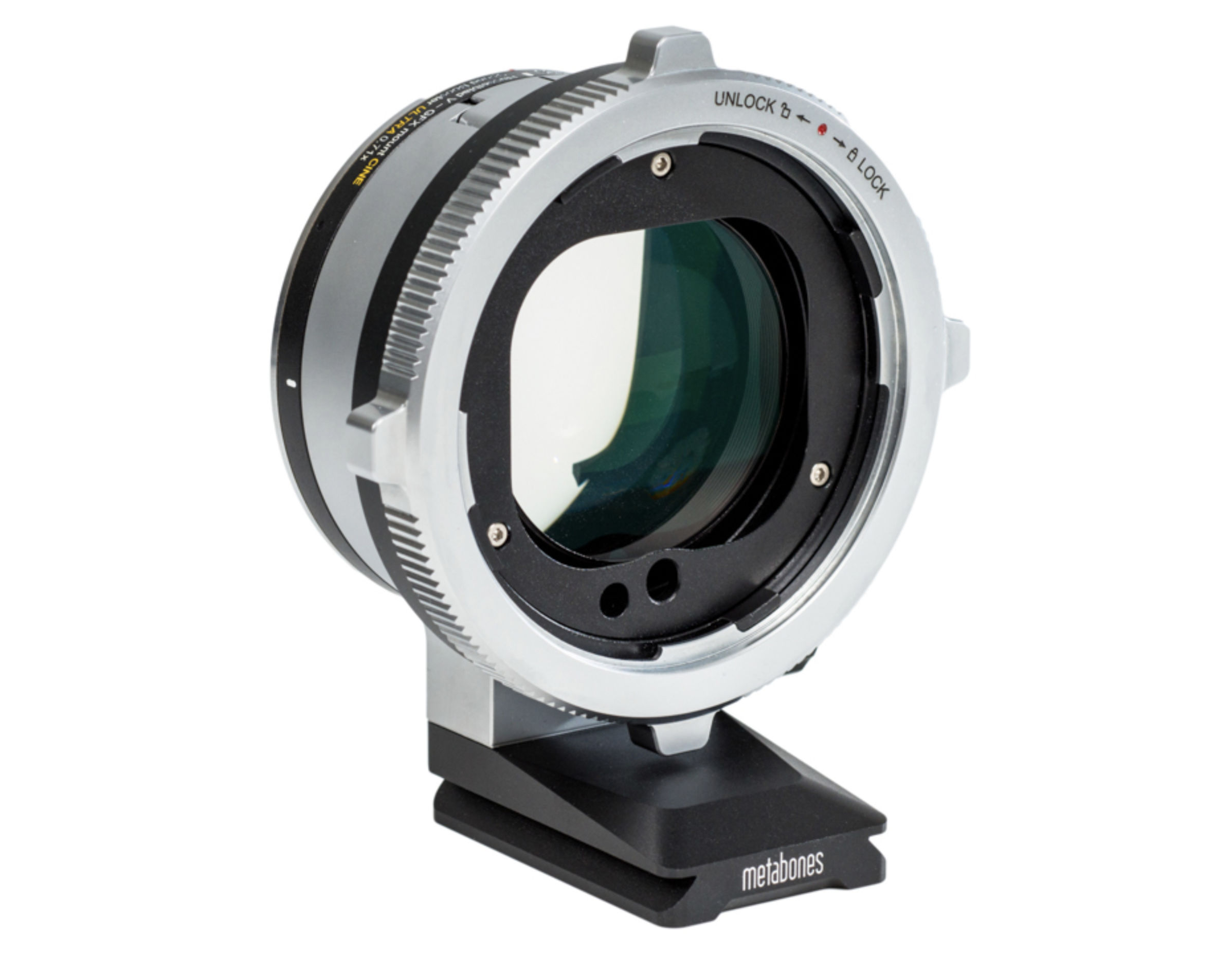
Metabones: I am not at liberty to discuss unannounced products, but look at a few of our recent announcements and you will see the direction we are heading.
EOSHD: For the Canon EOS R and RP, Metabones make a Speed Booster to reduce the crop factor of 4K to 1.24x (R) and 1.15x (RP). Are there any trade-offs with autofocus performance with this adapter? Or is it a straight pass-through from Canon EF lens to Canon RF body?
Metabones: Focal length, aperture and autofocus metadata are modified. The focal length data will be necessary once Canon adds IBIS to their cameras. We ended up having to crank up one of the autofocus parameters to match the focal length shortening. There is zero worry about autofocus performance because it is Canon to Canon. The EF-RF Speed Booster ULTRA is a one-trick pony, but it goes without saying how dual-pixel AF makes this the ideal run-and-gun setup. You can’t make the 4k crop go away with an RF lens. You can only do so with an EF lens and a Speed Booster ULTRA. I am pleasantly surprised by the sales. This is a product that most people don’t understand what it is for, but a videographer sees exactly what is going on.
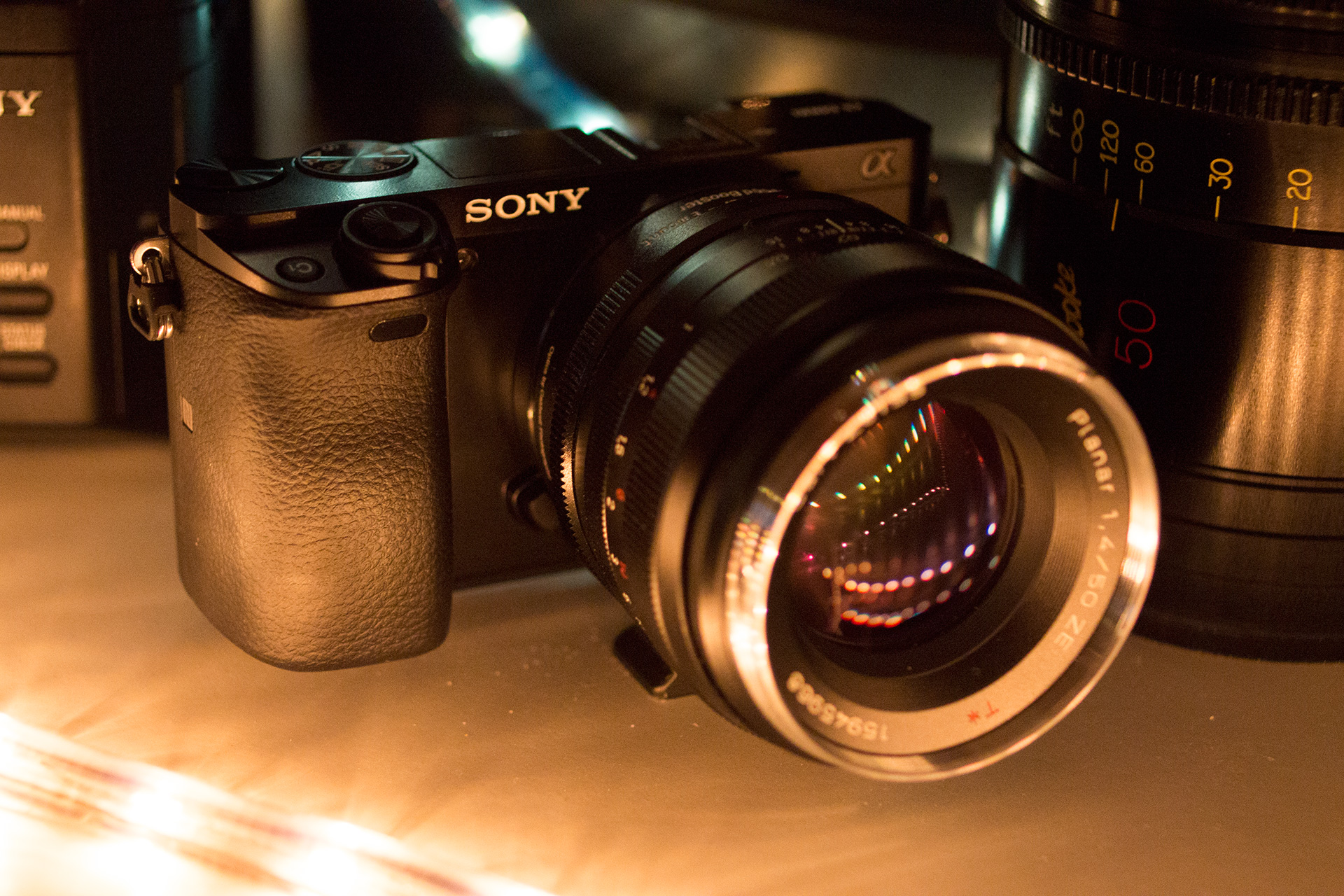
EOSHD: In 2019, Metabones released a Speed Booster (and XL version) for a maximum of 1.24x crop 4K on the Blackmagic Pocket 4K Camera. Has this been as popular as the Micro Four Thirds version of the Speed Boosters for the GH5? Were there any technical differences to overcome with this camera?
Metabones: The Blackmagic variants of Speed Booster ULTRA and XL are extremely popular, even though many patrons opt for the original versions for the flexibility of using them on Panasonic. The changes are purely optical. The circuitry and firmware are exactly the same between the two.
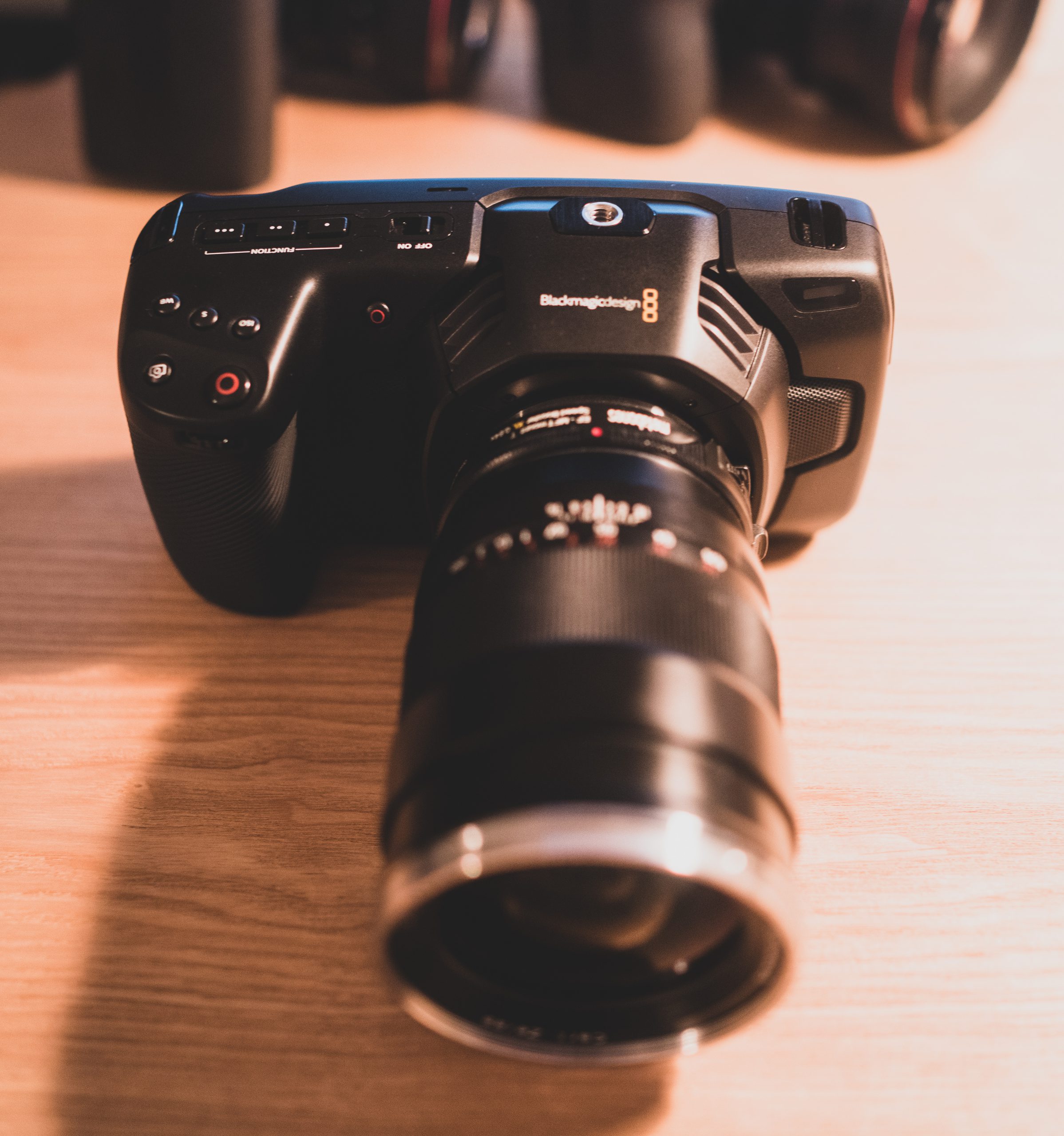
EOSHD: Which older DSLR lens mount protocol has the widest bus and fastest communication with the camera? Is it EF?
Metabones: The original Four Thirds protocol, by a wide margin. All other DSLR protocols originated in the 1980s at a relatively low communication speed, but each of them developed protocol extensions over the years for faster communication. At the end of the day, the main source of latency lies in the mechanicals – the time it takes for the autofocus motors to spin up or for the electromagnetic aperture diaphragm to close. Again, late model DSLR lenses deploy new servo topologies like field-oriented control (FOC), making moves swiftly and quietly.
EOSHD: Is there a reason why Nikon DSLR lenses do not focus as well via an adapter to Sony E-mount compared to Canon EF?
Metabones: The Sony E-Mount goes to great lengths to ensure DSLR lenses autofocus well on the PDAF-capable cameras, so that the vast library of A-Mount optics have a migration path to mirrorless. To an adapter manufacturer, such help from the camera body is invaluable. DSLR lenses of other brands are also able to benefit from this and for us Canon EF lenses have been performing very well. We do not know and do not wish to comment on other vendors but based on our experience with EF the foundation is solid and it is all about execution.
EOSHD: Is it possible to develop an adapter that adds phase-detect AF to a camera without it? Such as the Sony Alpha LA-EA4 adapter with SLT mirror?
Metabones: Less than a year after we introduced the original Smart Adapter in 2012, we added autofocus support to Mark II, but the performance was poor. It took some 5 seconds to lock on anything and if it didn’t find something to lock on it was another 5 seconds. We have come a long way since then, but back then that was the fastest possible. We looked for various ways to make autofocus faster by doing it outside the camera body. Once it became clear to us that on-sensor phase-detection was the much simpler way to achieve that goal, we shelved all research on external autofocus.
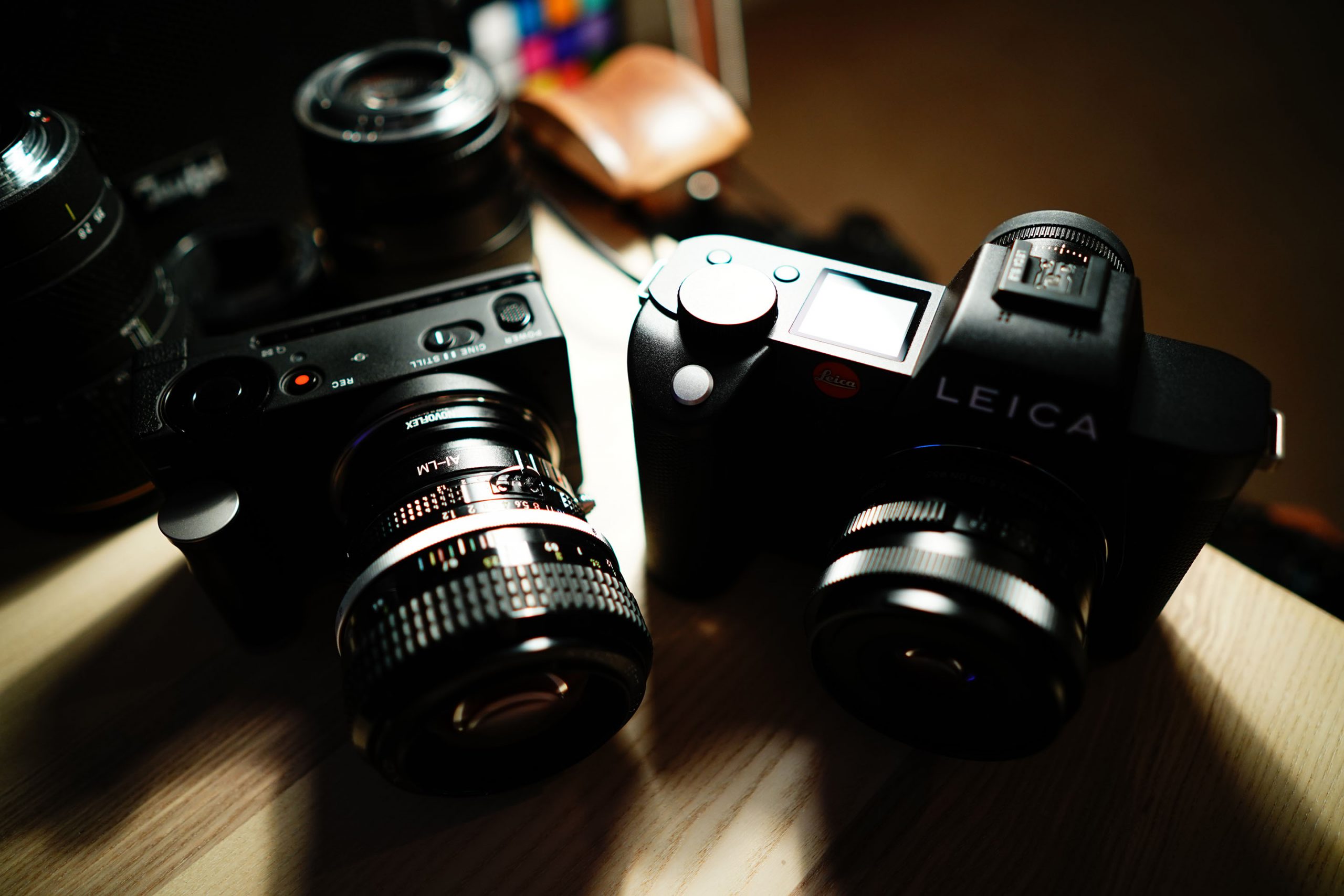
EOSHD: I would like to see a Speed Booster adapter for L-mount cameras, for example to allow a full frame look for 4K/60p crop mode on Panasonic S1H, and the S35 5K on the Leica SL2 full frame – how does Metabones and Conurus decide what cameras and mounts to prioritise for development?
Metabones: To decide what to work on, our highest priority is to support new optics from Caldwell Photographic, and after that, we look at the video capabilities of new cameras, and also customer input. Although 4k60p is cropped, 4k24p full-frame is intact, so if there had been a Speed Booster ULTRA, Panasonic would have been an even more specialized tool than EOS R. Full-frame 4k is available on Leica, too. I understand that even if the only raison d’être is to do slow motion a filmmaker will pay for it, but in the end, we gauge demand by your feedback. So far, we have received almost no requests for an L-mount Speed Booster ULTRA in our inbox. If this is by mistake, your readers know what to do.




